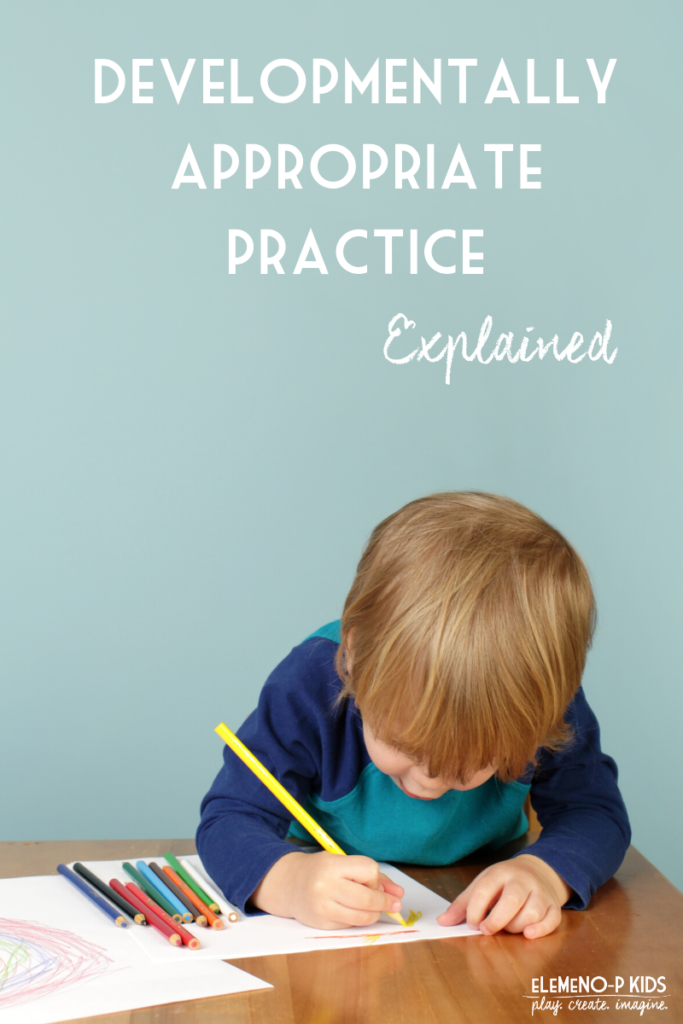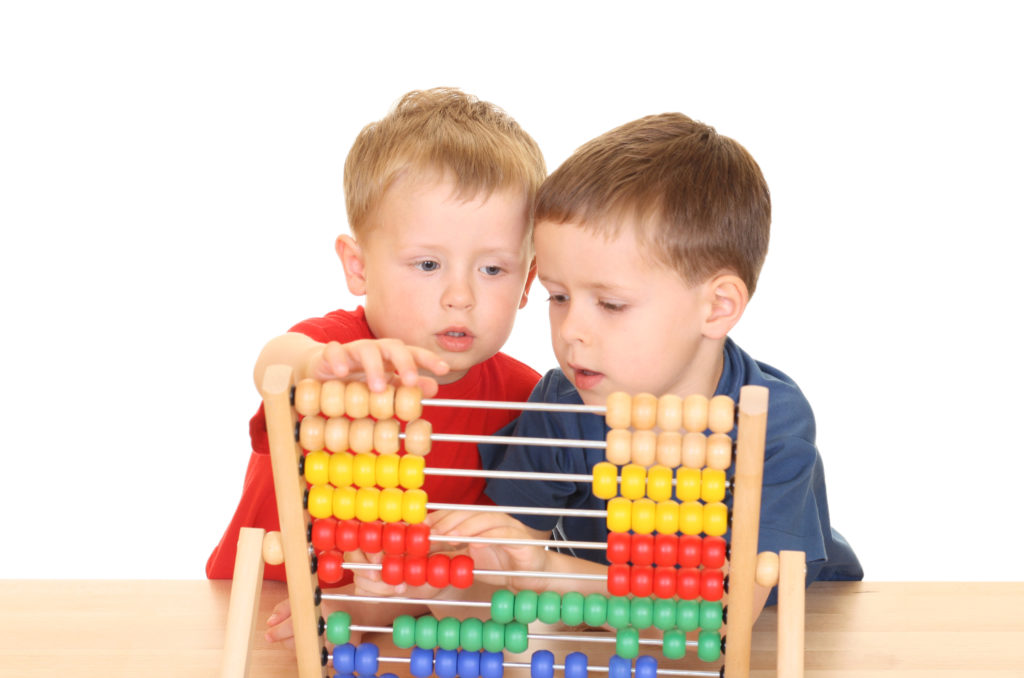If you are a early childhood teacher or even parents in search of a preschool, you’ve probably heard the words Developmentally Appropriate Practice, or DAP. In college, I had to take a full course on DAP and how to write lesson plans to use in an early childhood classroom that were developmentally appropriate.

Developmentally Appropriate Practice explained…
Developmentally Appropriate Practice is a set of guidelines designed to promote children’s best learning and childhood development. Educators must take into account 3 very important pieces of that in order to make best practice decisions:
- Child Development
- Each individual child
- Each child’s social and cultural background
Developmentally Appropriate Practice is based on the research that we know about how children learn and develop. It’s important that preschool or early childhood teachers keep each individual child’s goal in mind and be intentional about helping students achieve these goals.

How do teachers use DAP?
There are 12 Principles of Child Development and Learning that helps us know more about how children learn. When planning lessons or deciding what centers to set up in the classroom, many teachers keep these in mind. There are 3 core considerations an educator takes into account when being intentional about their decisions in the classroom:
- Knowing about child development and learning. This guideline is based on lots of research and is a great starting point when planning my lessons. Understanding that all children learn at different ages is something I have to take in account in my classroom of 3-5 year olds. This is a crucial step for any preschool classroom.
- Having an understanding of what is individually appropriate. I am always observing my students as individuals and in group settings to see how they play, learn, interact with the materials in my classroom. This also helps me learn about their interests and abilities. We use the Creative Curriculum at our school and its a great one for tracking individual growth and development.
- Knowing what is culturally important. We will most likely have a classroom of diverse learners. It’s important that we know the values, culture, and expectations that make up these kids’ lives at home. This background will help us have a common guideline for what the expectations are for each child and their family.

I know this could sound pretty confusing if you’re a parent shopping for preschools, or even if you’re a new early childhood educator. Maybe you’ve never heard the word DAP before. Good preschool teachers plan their lessons based on each of his/her students, maintaining appropriate expectations, while also giving their students the challenge and stimulation they need. Here is the NAEYC’s explanation on DAP with Preschoolers.
If you are searching for a preschool, it’s ok to ask if they follow developmentally appropriate practices alongside their curriculum!
Leave a Reply